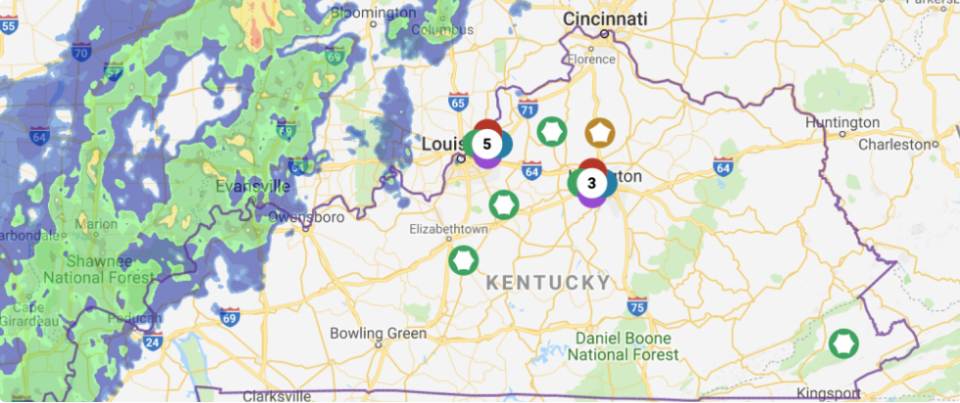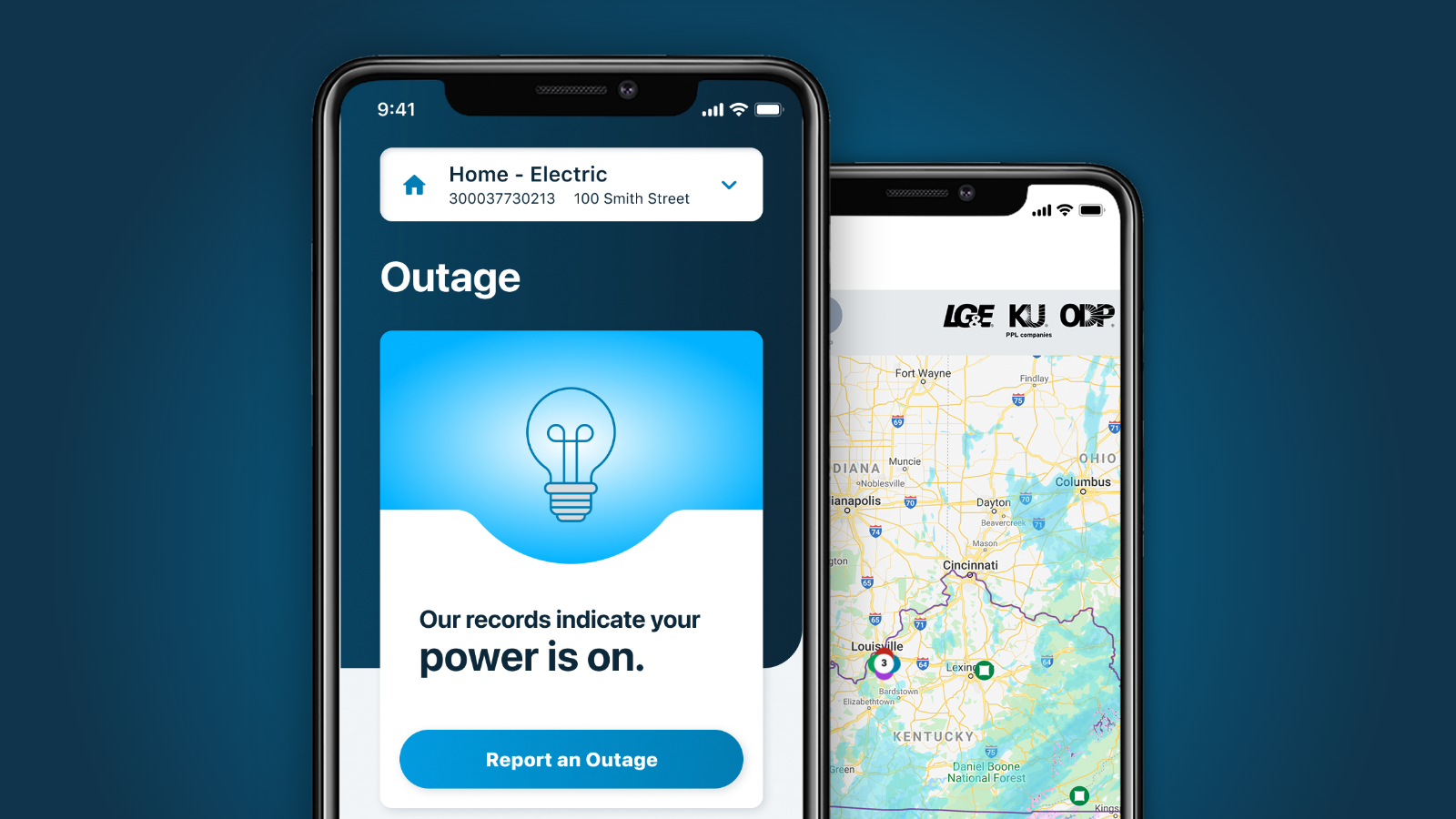According to the local meteorologists, we’re pushing close to day 20 of 90+ degree
temperatures. That’s almost two straight weeks of scorching heat. Last year, we didn’t experience anything
like this until August.
Extreme heat can dangerously impact the health of many in the
community. It can also pose challenges for electric utility companies.
When the
temperature rises outdoors, the natural inclination for customers is to turn the temperature down indoors.
And, when hundreds of thousands of homes do that during the hottest point of the day, our company must be up
to the challenges of meeting the needs of our customers.
From our generating stations
to transmission, and substations to power distribution, we have a team of folks working 24/7 in extreme heat
to keep energy flowing continuously to the more than 1.2 million homes and businesses we serve.

Since electricity is consumed as it’s produced, we must generate
enough power to meet the customer demand on our system at any given moment. This requires proper planning
and good management of resources across every line of business, and it also includes partnering with
customers on our
demand conservation program.
Meeting
the DemandThis month, we’ve set two June records for peak customer
usage on the LG&E and KU combined system; 6,709 megawatts on June 23, which exceeded the previous
June record of 6,572 megawatts on June 15.
To give you a better idea of what that
means, one megawatt can power up to 720 households using an average of 1,000 kilowatt-hours of electricity
each for one month.
Ways to Save–
Set air conditioners to the highest comfortable setting during the day: 78-80
degrees works for most people. Raising your air conditioner setting by one degree can save you 4-7 percent
on the cooling portion of your energy bill.
– Turn off all unnecessary
lights. Use fluorescent lighting, which is cooler.
– Turn off all unnecessary
appliances. Run your dishwashers, dryers and washing
machines during the evening
hours (after 7 p.m.) when energy consumption is lower.
– Use ceiling fans
to circulate the cool air. Fans can help you feel more comfortable at higher temperatures. Window fans,
ceiling fans or whole-house fans use much less power and are an alternative to air conditioners. Turn the
fan off when you leave the room since the fan does its job by cooling you — not the room.
–
Close curtains and blinds to keep the sun’s heat out of your home.
–
Don't close air registers and do not close off rooms completely because it can
increase system pressure and damage the compressor. Furniture or drapes should not block air registers.
–
Cook outdoors on your grill; use a microwave oven or slow cooker or prepare cold meals to
avoid heating up the kitchen and adding moisture to the air. Microwaves use less than half the power of a
conventional oven and cook food in about one-fourth the time.
– Check your air
filters monthly — even on extended filters. Change if necessary. Dirty air filters make your
air conditioner work harder. Clean the filter in window units as well. It is behind the front panel.
–
The outdoor AC unit should be kept free from plants, dirt or grass clippings
that will interfere with air circulation. Wash the coil
periodically with a garden hose.
You
can also learn more about — and enroll in — the many energy
efficiency programs we offer to help you use energy more wisely. We’ll continue to keep you
informed of how you can better help us manage demand as the summer wears on.
Until next
time, be safe and stay cool.


